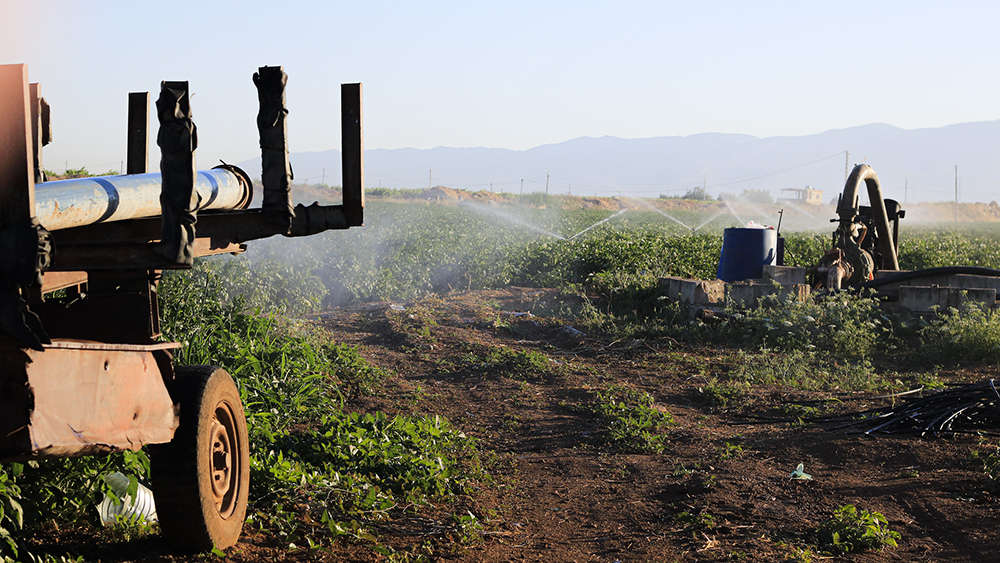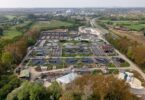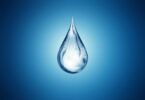
She also worked for esglobal (the heiress of Foreign Policy España) and she has experience outside the Mediterranean region working in the European Parliament Liaison Office in London during the Brexit negotiations and the EU elections campaign in 2019.
Recycling water is key to closing the water supply-demand gap in the Middle East and North Africa
Water is part of every step in the food value chain, from food production to processing and consumption. A dependency that is hampering food security in a water scarce region such as the Middle East and North Africa (MENA). The region is struggling to meet growing water demand, especially for agriculture as the larger user of water in MENA. The war in Ukraine has only exacerbated the situation impacting especially food security in the region with an unprecedented increase in food prices.
The COVID-19 pandemic and the conflict in Eastern Europe have highlighted the fragility of global supply chains and the dependency on imports in the MENA region to meet food and energy demands. Countries like Lebanon and Egypt, for example, are dependent on around 80% of their grain imports from Russia and Ukraine. Meanwhile, population growth, rapid urbanisation, and climate change continued unabated and added pressure to the most water-stressed region in the world: MENA .
MENA is home to more than 472 million inhabitants – a growing population that has increased more than one quarter in the last two decades and that is foreseen to keep growing steadily. Population growth and rapid urbanisation – with 66% of the region’s population living in cities – is adding further pressure on freshwater supplies; and according to the Intergovernmental Panel on Climate Change (IPCCC), climate change is leading to increasing temperatures and frequent droughts, further compounding existing water scarcity.
The 2019 data from the World Resources Institute’s Aqueduct tool highlights that of the 17 countries at the highest risk of acute water scarcity, 12 are in the MENA region. Freshwater withdrawals exceed renewable water resources in almost all countries in the region, and the gap between supply and demand is widening every year. The average per capita renewable water resources availability is ten times less than the worldwide average, according to the Food and Agriculture Organization (FAO).
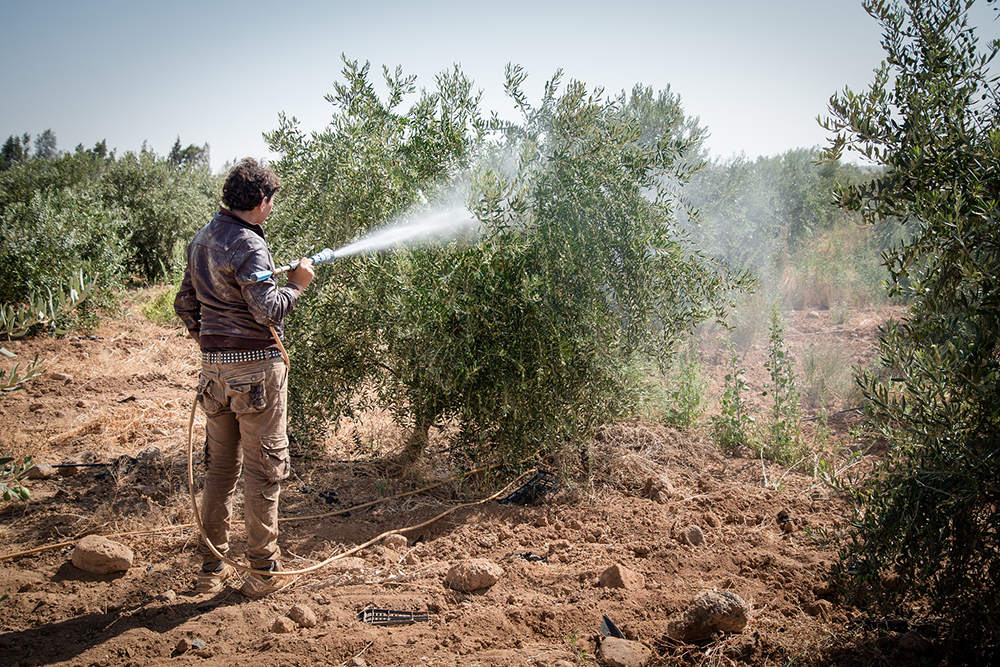
Pesticides spraying at the Abu Kishik Farm in Mafraq, Jordan. Photo credit: Seersa Abaza / IWMI
What if water is not secured?
Water insecurity in the MENA region has multiple implications. Increasing water scarcity is threatening food supply. According to the FAO database AQUASTAT, 70% of global water withdrawal is used for agricultural production. The MENA region is not an exception. Agriculture is the most water-intensive sector in the region. The FAO estimates that to achieve global food security by 2050, the current food supply must increase by 50% – an estimation corroborated by research published in July 2021 increasing the share to 62% due to the effects of climate change . But that goal relies entirely on securing a sustainable water supply.
The economic losses are an essential aspect as well. Water scarcity is expected to cause economic losses of 6-14% of the MENA region’s gross domestic product (GDP) by 2050 – the highest in the world. Increased water scarcity could also reduce labour demand by up to 12% and lead to significant land-use changes , including loss of beneficial hydrological services, specifically in the Middle East.
Besides its agricultural and economic impacts, water scarcity could also affect the socio-political stability in the region. The MENA region has the world’s highest levels of forced displacement, with an estimated 7.2 million refugees, of whom 2.7 million are hosted in the region, and 12.4 million internally displaced people fleeing protracted armed conflicts. Water is one of the main vulnerabilities of people displaced by conflict in the region, as the Ebb and Flow book published by the World Bank in 2021 highlights . Pre-existing socio-economic grievances in combination with a drought or a water shortage can drive domestic water tensions, especially in the absence of strong institutions.
Mohamed Al Hamdi – Senior Water and Land Officer for the Near East and North Africa at the FAO – explains that “60% of the freshwater available in the MENA region originates in other territories, and travels through numerous countries – such as the river Nile that passes through Egypt, Sudan, South Sudan, Ethiopia, Uganda, Congo, Kenya, Tanzania, Rwanda, and Burundi – causing occasional tensions over rights to freshwater.” But, contrary to popular belief, water risks have historically led more to cooperation than conflict . However, as the effects of climate change intensify, these historical patterns may no longer hold: in areas that lack good governance, climate change could exacerbate vulnerabilities and tensions over water resources, leading to a vicious cycle of water insecurity and fragility.
“Unless new and transformative policies for sustainable, efficient and cooperative water management are promoted, water scarcity will negatively impact the region’s economic prospects and undermine its human and natural capital”, concludes Taheripour and others in their report on the effects of climate change and water scarcity in the MENA region
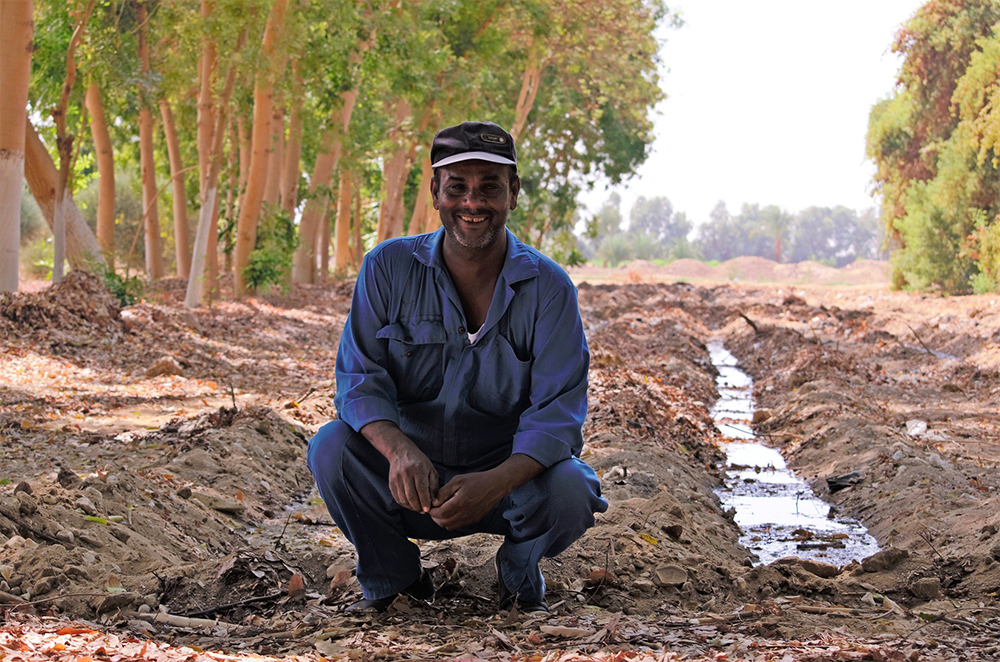
A worker in agroforestry in Luxor governorate, Egypt. Photo credit: Javier Mateo-Sagasta / IWMI
Ensuring sustainable water supply
As the urgency of water insecurity grows, stakeholders ranging from national and local governments, international policy-makers, NGOs, and researchers have been searching for ways to increase water supply. One of the most promising options is to upscale the time-old practice of water reuse whereby wastewater from domestic, urban, industrial and agricultural uses is treated to extract pollutants, and the clean treated water is reinserted into the water supply or is used directly for productive purposes, rather than discharging it to the sea or letting it evaporate . This allows increasing water availability whilst stopping contaminated water from flowing into nearby waterways and contaminating natural ecosystems.
Water reuse has great potential to help overcome some of the challenges posed by the increasing pressure on already stressed water resources. Dr. Al Hamdinotes that “wastewater is the only source of water that increases as population and water consumption grow”. Cities and towns in the MENA region produce millions of cubic metres of wastewater every year. Preliminary research from the ReWater MENA project highlights that the 19 countries in the MENA region produce every year around 21.5 cubic kilometres (Km3) of municipal wastewater – a combination of domestic wastewater, commercial and industrial wastewater, stormwater and other urban runoff.
The fate of this wastewater is very different depending on the local context. According to the ReWater MENA database, the region has doubled the number of projects for water reuse every decade since 1990, going from 40 projects reusing a total quantity of 421 cubic millimetres (Mm3) to 409 projects in 2020 with 2,275 Mm3. Nevertheless, up to 50% of produced municipal wastewater is still not put to good use – either being discharged into the sea or evaporated.
The untapped opportunities from reusing wastewater are not only limited to increasing water availability. Wastewater recovery can increase the energy, nutrients and freshwater access and enhance the region’s ability to adapt to changes in climate and enhance food security. Wastewater contains valuable resources, mainly water, nutrients – nitrogen, phosphorus or potassium – and organic carbon, which can be recovered for different uses, such as agriculture and aquaculture or energy production.
The preliminary estimations shared by ReWater MENA point out that the lost wastewater, if recovered properly, could additionally irrigate and fertilise more than 1 million hectares in the region. The carbon embedded in that generated wastewater is also a key resource. If recovered in the form of methane, it would have a caloric value to provide electricity to millions of households. And that’s not all. With increasing population growth, demand for fertiliser is also increasing. Nutrient recovery from wastewater, sludge and other wastes (such as food waste) can help meet regionally and locally this demand.
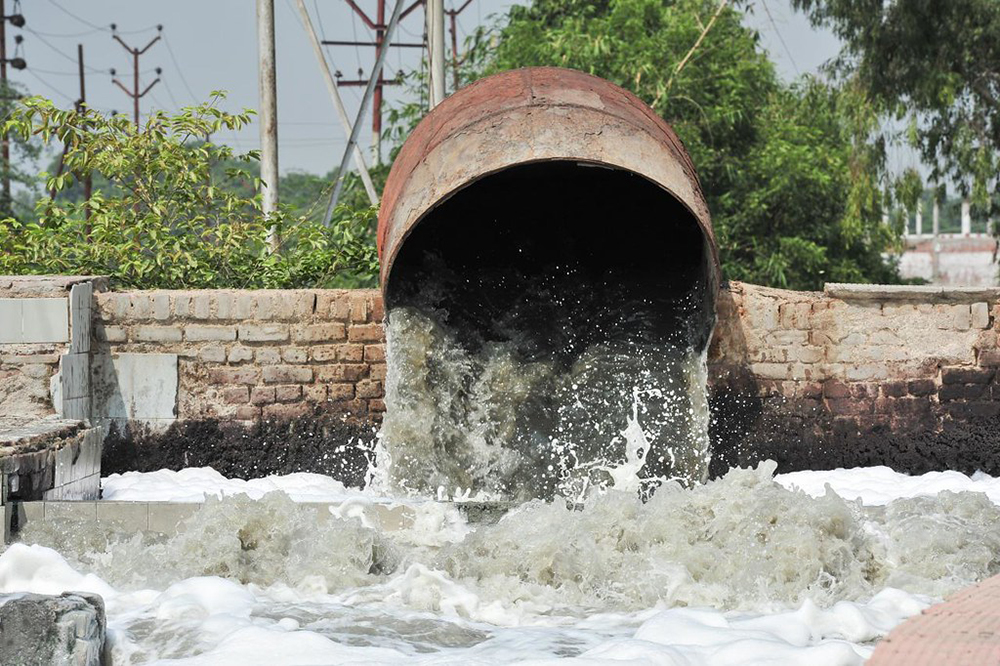
Wastewater is pumped into channels for irrigation, in Kanpur, India – Photo credit: Neil Palmer / IWMI.
Boosting water reuse to close the supply gap
“Sophisticated treatment techniques are not yet feasible in many of the MENA’s middle- and low-income countries. However, a boost in regulations and investment would allow these countries to treat wastewater to be safe for agricultural use if combined with good agricultural practices”, confirmed Dr. Al Hamdi. However, he emphasised the importance of planning irrigation with reused water, and provide incentives for farmers to adopt safe irrigation methods.
Even in cases where water reuse has proven to be safe and financially sustainable, the practice can still trigger rejection, especially when water is reused for potable purposes or to irrigate fresh produce. The perceptions about treated wastewater have been an obstacle to the uptake of that practice. Javier Mateo-Sagasta, Senior Researcher at the International Water Management Institute (IWMI) and Project Leader of ReWater MENA, highlighted that building trust among stakeholders is key to increase long term use of water reuse technologies and practices.
Understanding the concerns around acceptance and addressing these with timely, effective communications and stakeholder engagement can significantly improve uptake of reclaimed water. This requires large efforts on behalf of multiple stakeholders to raise awareness of the issue, and encourage citizens to change their perceptions and advocate for water reuse. The ReWater MENA project developed a set of guidelines to make this task easier for planners, investors, project designers and operators.
The region needs to overcome the factors that limit the materialisation of the regional full water reuse potential, including not only cultural barriers and distrust and inadequate regulatory frameworks; but also institutional fragmentation, the lack of appropriate tariffs and the absense of economic incentives and financial models which undermine cost recovery and the sustainability of reuse projects.
There is no doubt about the central role that water reuse will play in the future of our water supply at a global scale. Water reuse is a core component of the United Nations’ Sustainable Development Goal (SDG) 6: Clean water and sanitation for all. However, the rapid depletion of water resources makes the transition towards water reuse more urgent for the MENA region than any other area of the world.
According to Mateo-Sagasta, despite decades of stagnated progress, multi-stakeholder dialogues are beginning to take place, with national and local authorities, NGOs, and civil society organisations working together to formulate comprehensive policies that benefit all. “Water reuse is a must for this region – we cannot avoid it. Urgency is growing, and countries are becoming increasingly aware of both the water and environmental pollution challenges we face, and they are starting to see wastewater treatment and reuse as a way to address both challenges. We must use every drop of water that’s available”, states Dr. Al Hamdi.
Featured image photo credit: Lien Arits / IWMI
Do you have an article or video that you would like to share? Submit your article here or keep up with the latest news from the water industry and wastewater industry by subscribing to our weekly newsletter



